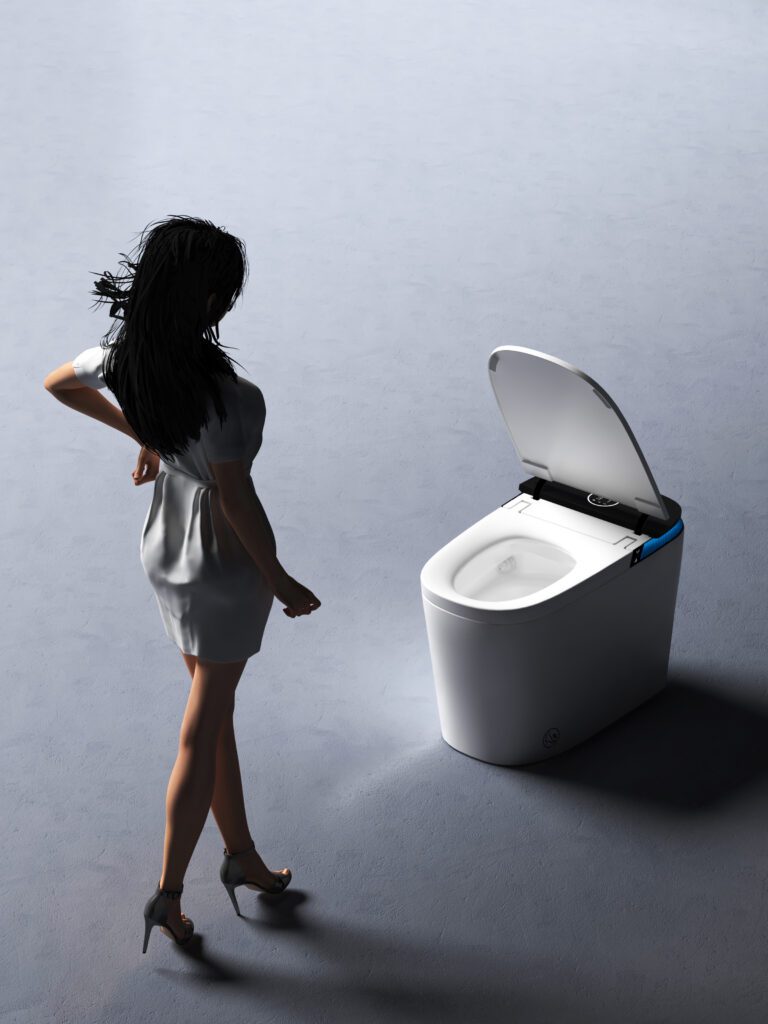Smart toilets are not just about luxury and comfort; they also incorporate several eco-friendly features that contribute to environmental sustainability.
1. Water Conservation
Smart toilets are designed with advanced water-saving technologies. Dual-flush systems allow users to choose between a full or partial flush, reducing water usage by up to 50% compared to traditional toilets. Some models also use sensors to adjust the flush volume based on the amount of waste, further conserving water.
2. Energy Efficiency
Many smart toilets are equipped with instant water heating systems, which heat water on-demand rather than maintaining a reservoir of hot water. This reduces energy consumption significantly, making the toilet more energy-efficient. Additionally, features like heated seats and warm air dryers are designed to use minimal energy while providing maximum comfort.
3. Reduced Waste
Smart toilets often include bidet functions that reduce or eliminate the need for toilet paper, leading to less paper waste. This not only saves trees but also decreases the environmental impact associated with the production and disposal of paper products.
4. Eco-Friendly Materials
Some smart toilets are made from sustainable or recyclable materials, further reducing their environmental footprint. These materials are durable and designed to last, minimizing the need for replacements and reducing waste.
In summary, smart toilets integrate various eco-friendly features that help conserve water, reduce energy usage, minimize waste, and support sustainability efforts, making them an excellent choice for environmentally conscious consumers.
